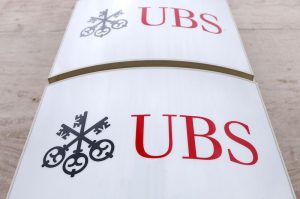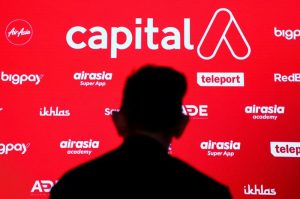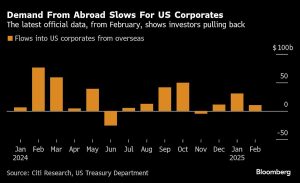
This story was originally published on Retail Dive. To receive daily news and insights, subscribe to our free daily Retail Dive newsletter.
Customer communications around tariffs and prices were thrown into a political spotlight on Tuesday when White House press secretary Karoline Leavitt pilloried a reported plan by Amazon to flag some price hikes as caused by tariffs.
Leavitt, who said she had spoken to the president on the matter, said the move would be “a hostile and political act by Amazon.” The e-commerce giant almost immediately pushed back on the news, saying it had considered such a tactic for its super-cheap Amazon Haul site but that “this was never approved and is not going to happen.”
The Trump administration’s heated rhetoric may be understandable, given that frustration over inflation is widely seen as a major factor in the outcome of the presidential election. And because already worn-out U.S. consumers increasingly expect tariffs to worsen inflation and hurt the economy. But retailers are worried, too.
“Bottom line here is that customers are going to be impacted by tariffs across the board,” Anne Mezzenga, co-CEO of Omni Talk, said by email. “Product selection will be limited, and prices will be higher.”
The question is: What is an effective message?
Several companies anticipating the need to pass on higher import duties to consumers are mulling options like delineating tariff-related costs on shelves or receipts, Ali Furman, consumer markets industry leader at PwC, said earlier this week. This is similar to what was contemplated at Amazon, according to the reporter posing the question during Tuesday’s White House briefing. Nearly half (48%) of U.S. adults are “very interested” in seeing tariff-related price differentials listed on retailers’ websites, according to data from consumer analytics and advertising platform CivicScience.
While some consultants advocate for this kind of transparency, it would be a radical move, according to Kirthi Kalyanam, professor at Santa Clara University’s Leavey School of Business.
“There is historically zero precedent for communicating tariff-related information on pricing at the item level,” he said by phone. “If you have a very large number of products and coming from diverse places, then it becomes complicated. It becomes particularly messy.”
Pointing out higher prices is a sure way to send a customer away to look for a better deal, according to Kalyanam, Mezzenga and others. Gary Stibel, founder and CEO of the New England Consulting Group, who has “worked with Procter & Gamble and Walmart and with guys who compete with Procter & Gamble and Walmart,” said the firm has long counseled those companies to focus on value rather than price.



